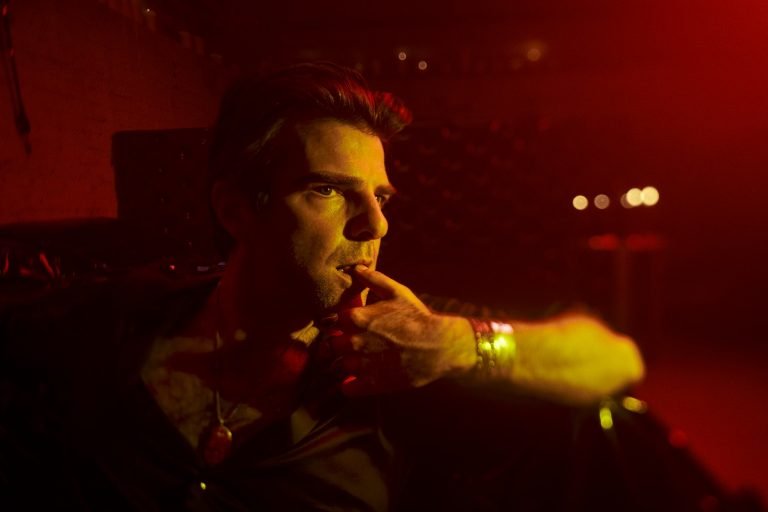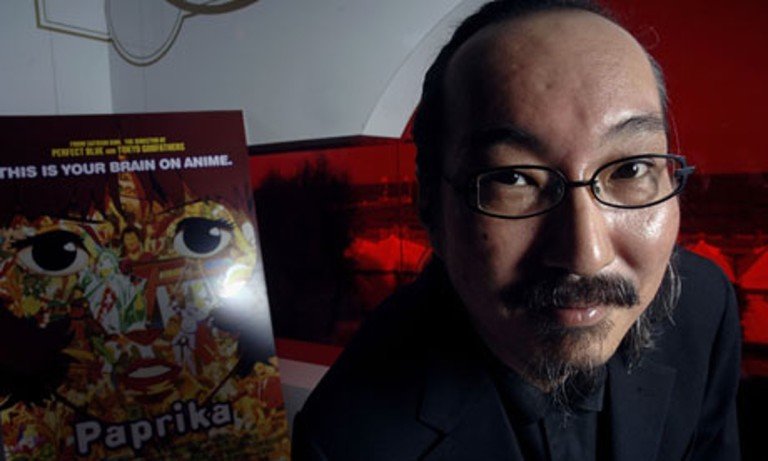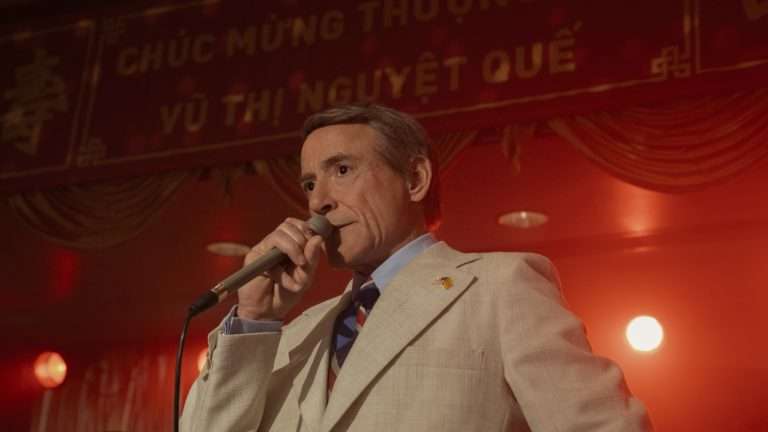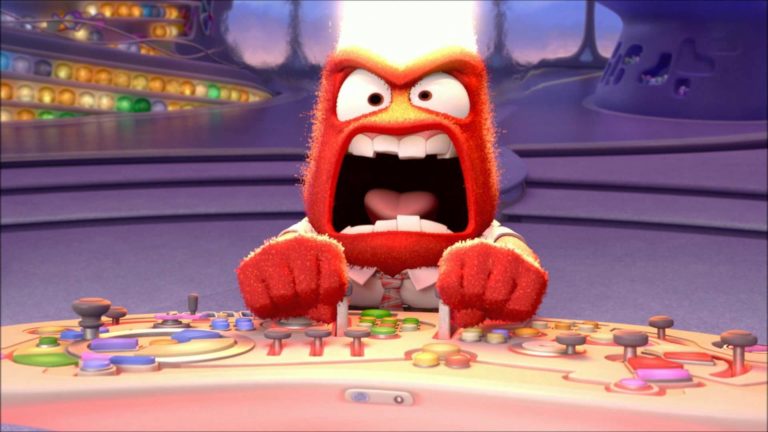The Birth
“….”Have you ever seen anything like it, Miss Lillian?”
“Never, Mr. Griffith.”
No one ever had……”
This was the conversation between Miss Lillian Gish and D W Griffith as they sat in the box office of the famous Liberty Theatre in New York and watched long lines of eager people waiting for a ticket of their film and the ticket seller announced that no seats were available for weeks.
“The Clansman” opened at Clune’s Auditorium in Los Angeles on February 8, 1915. The show was accompanied by a forty-piece orchestra and a huge chorus and by the end of the film it received a wild cheerful standing ovation. Before the New York opening, D W Griffith took the film to the White House. President Woodrow Wilson watched the film together with his family, members of his Cabinet, and their wives, and daughters. Post the show, President Wilson, had reportedly said, “It is like writing history in lightning, and my only regret is that it is all so terribly true it’s all too true.” Later, Griffith also screened the film for Thomas Dixon, the author of the book “The Clansman”, on which the film was based upon. Surprisingly, Dixon felt that the film was not at all close to his book. The film, according to Dixon, was not his story at all. Griffith right way asked for Dixon’s consent to change the name of the film and he happily agreed. Henceforth, the film came to be known as “The Birth of a Nation”.
“The Birth of a Nation” was officially opened in New York at the Liberty Theatre on March 3, 2015. This was a motion picture that the audience had never experienced before. There were many firsts associated with the film one being that it was the first twelve-reel film ever shown, with a running time close to almost three hours. Dorothy Dix wrote in the New York Journal: “I believed that the silent drama could never touch the emotions very deeply. The Birth of a Nation disproves this. Here is a war play the like of which has never been presented on any stage before, that worked the audience into a perfect frenzy.” The film ran for seven straight months at Clunes, LA, for a year in Boston & Chicago, and for almost two years in New York. In the South, the movie completed an unbeaten and continuous streak of almost twelve years.
The Aftermath
At the start of the film, a message from director D.W. Griffith appears on the screen: “This is a historical presentation of the Civil War and Reconstruction Period, and is not meant to reflect on any race or people of today.” Unfortunately, the film did happen to reflect on a race or on a particular stratum of society and in a very demeaning way. Why unfortunate? It is one of the unavoidable dilemmas a true cinema lover faces whenever he/she talks about the magnificent production that was “Birth of the Nation”. The technical brilliance, the revolutionary camera work, the scale, the grandeur, and the detailing make it impossible to ignore. Amidst all this glitter lies a dark “black” hole right in the middle of it.
Similar to Birth of a Nation: The Great Dictator (1940): What Does Comedy Mean for a Dictator?
The story is set mainly in a small town in South Carolina and covers a period starting from the beginning of the Civil War till the reconstruction period. It tries and justifies slavery by depicting the blacks in a completely bad light. It shows the colored people as interested only in violence, hooliganism, interracial marriage, and forcing white women into sexual relations. Hence, to counter all these atrocities, the Southern white people decide on forming the Ku Klux Klan. The movie justifies and presses upon the fact that the white-sheet-clad vigilante group was the only source of justice and by denying the blacks the right to vote and cornering them shall lead to a more balanced, peaceful, and civilized society.

The film, from the beginning, besides receiving accolades, also received a fair share of opposition and protests. The National Association for the Advancement of Colored People (NAACP), founded in 1909, filed petitions to higher authorities requesting to prohibit the exhibition of the film or to censor certain objectional portions in the film. These protests saw little success and the film continued to run successfully across the country.
“‘The Clansman’ did us much injury as a book, but most of its readers were those already prejudiced against us. It did us more injury as a play, but a great deal of what it attempted to tell could not be represented on the stage. Made into a moving picture play it can do us incalculable harm.”
—James Weldon Johnson, March 1915
The “incalculable harm”, as James Weldon Johnson points out, was already done. Six months after the premiere of the film, a Methodist preacher named William J Simmons announced the formation of the second Klu Klux Klan (KKK) by burning a cross atop Stone Mountain, Georgia. The symbol of the burning cross was never used by the original Klan which was active after the civil war, but was inspired by the Klan depicted in “Birth of a Nation”. In the coming years, thousands of people enrolled to join the Klan and by the early 1920s, it spread across all 50 states in the country. Reportedly, by the middle of that decade, their membership ranged from 3 million to 8 million Klansmen. The members hailed from all levels of the social strata. It included the poor, the middle class, and also the higher-ups. This time around the Klansmen were not just against the blacks but also opposed the insurgence of Jews, Roman Catholics, and foreigners. The reinvigorated Klan successfully spread its fundamentalist ideas, hardcore patriotism, and the doctrine of white supremacy. The Klan began to significantly influence and have its presence felt across the country. The fault lines of hate and divide which already existed in the society further got deepened for decades to come.
Related to Birth of a Nation: A Spike Lee Joint: Blackkklansman (2018)
“I had no idea that The Birth of a Nation might be used to revive the old Klan… A terrific power lies in the motion picture. It’s a power that is only too leanly recognized in these days. I’m constantly amazed and sometimes almost terrified by it.”
— D.W. Griffith
Film Director Spike Lee said in one of his interviews that the film school he studied in, had screened the film “Birth of a Nation”. The discussion, post-screening, primarily focussed on the technical aspect of the film and never touched upon the impact of the film on the larger society. Films are a very powerful medium and can have far-reaching effects beyond our contemplation. As Roger Ebert points out, “To understand “The Birth of a Nation” we must first understand the difference between what we bring to the film, and what the film brings to us. “The Birth of a Nation” is not a bad film because it argues for evil. Like Riefenstahl’s “The Triumph of the Will,” it is a great film that argues for evil. To understand how it does so is to learn a great deal about film, and even something about evil.”
“The Birth of a Nation” happened more than a hundred years ago, but its ripples can still be deeply sensed whenever a movement like #Oscarissowhite or #BlackLivesMatter crops up. Today, living in these turbulent times with lots of fake news, distractions, and propaganda around us, it is very much needed we look back into the legacy/lesson left behind by films like “Birth of a Nation”, contemplate, identify the evil and learn. Otherwise, there is no dearth of divisive forces around us who will pounce upon one opportunity they get to deepen the fault lines in our society further down, beyond repair.







